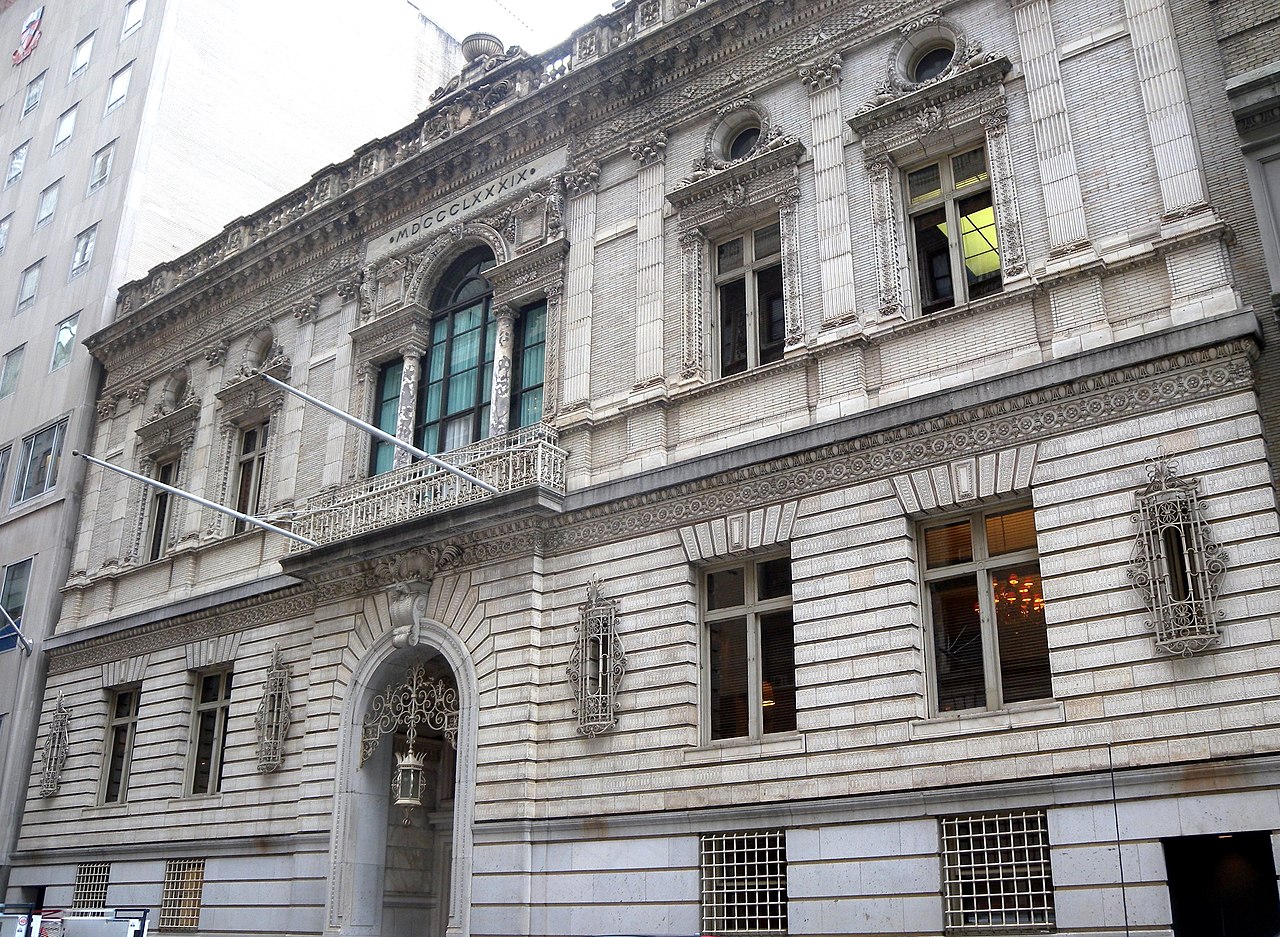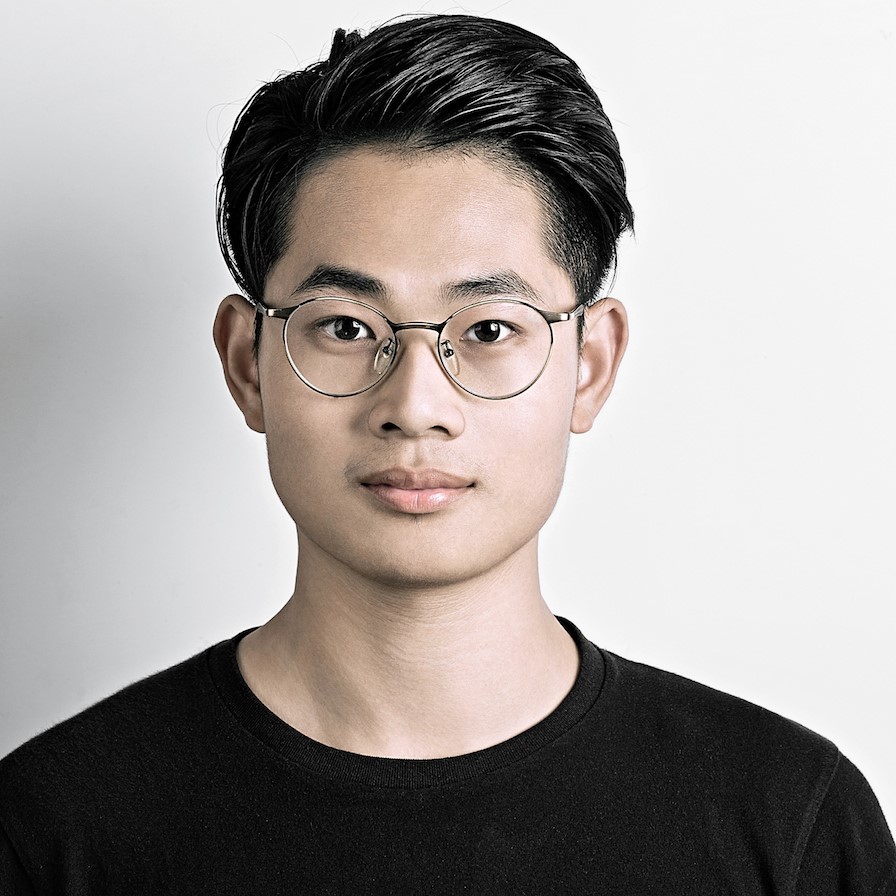Not even a hurricane, a flood or a blizzard could stop the opening of The Drawing Center in lower Manhattan.
Delay it, yes. But only by a few days. And even with Wednesday evening’s nor’easter, more than 500 aficionados came out to see three new exhibitions in the center’s new space at 35 Wooster Street.
On display are works by Guillermo Kuitca, an Argentinian who stretches canvases out on a round table he found in his parents’ garden. Once he’d relocated it into his studio, he began to draw the first of many canvases, sketching and depositing notes, phone numbers and whatever came to mind. After about three months, he’ll take his canvas off and start anew with a fresh one.
“It’s a diary of his life in the studio,” says curator Claire Gilman of the Buenos Aires artist. “There are a number on display, out of a series he’s been working on since 1994.”
Also on exhibit is another diaristic approach, this one by Jose Antonio Suared Londono, a Colombian artis from Medellin. “He’s a drawer and a printmaker,” she says. “The inception of these works was also 1994.”
Every year, the artist chooses a book to read every morning until, after just a minute or as long as three hours, an image makes itself clear. He works in spiral notebooks, which become his finished product. The pages open up, and they’re shown on a wall.
“The first was Brian Eno’s diary,” she says. “Then Delacroix, and Patti Smith and Sam Shepard – books by all of them. And Kafka and Ovid. He’s incredibly well read.”
The artist carefully labels his images with the day of the week, the date, the time and the place where they were made. He includes notations of what’s happening in the world at the time. The works are situational, rather than confessional.
“He’s opening up himself to reveal who he is as he fits into the world,” she says.
Down in the lower level Lab Gallery, created for project-oriented shows, is an exhibit curated by Susan Hapgood and Cornelia Lauf. It explores artists’ certificates of authenticity from the past 50 years, from the most formal legal certificates to dashed-off notations, all of which play a role in defining the parameters of a given art work.
“The question is: What constitutes a drawing?,” she says. “Is it a drawing because the artist says it is?”
There’s probably no better place to find out.
The show runs through Dec. 9.
For more information, go to http://www.drawingcenter.org/
[slideshow id=792]


